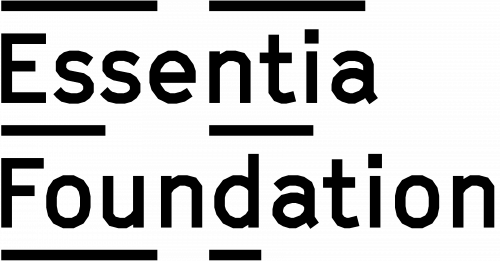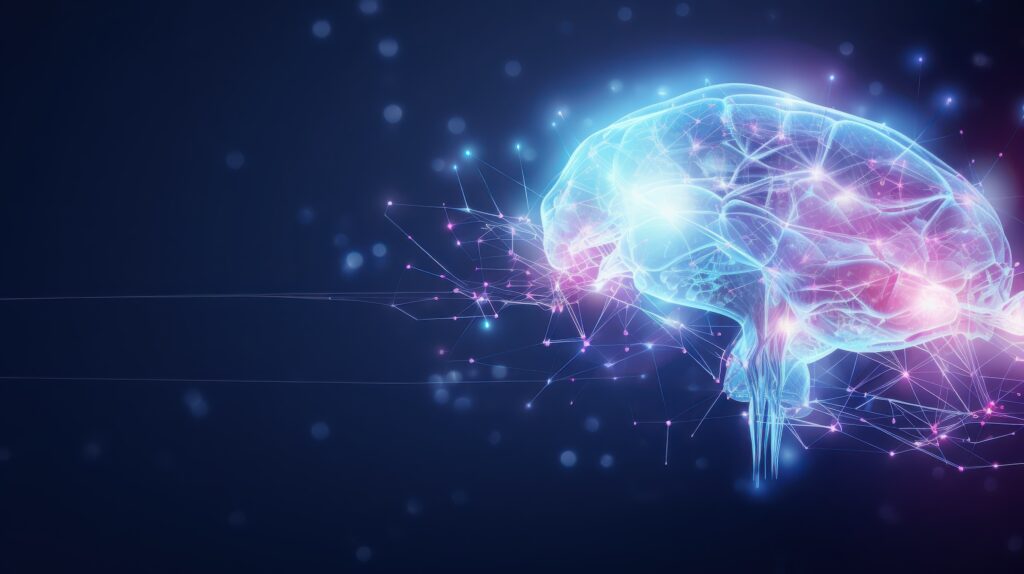The limits of conceptual communication
Reading | Philosophy
![]() Fred Matser | 2021-01-11
Fred Matser | 2021-01-11

Fred Matser, Essentia Foundation’s Founder and Chairman, invites us to contemplate the limits of mere words and concepts in our interactions with one another and nature at large. Are we missing out on important things because we assume that what cannot be said also cannot exist?
We, human beings, are so used to using concepts and associated words to communicate with each other, we think they are the only form of communication possible; we forget not only all other communication mechanisms nature makes available to us, but also the intrinsic limitations of words. Although conceptual communication has undoubtedly been fundamental to the development of our culture and society, it is critically important that we remind ourselves—and then remain aware—of the trade-offs and sacrifices it entails.
Non-human beings communicate with each other and their environment all the time, without words or concepts. Plants communicate through the release of signaling chemicals, cephalopods through light and color displays, and even we, human beings, use non-verbal communication all the time: our acts, gestures, facial expressions, general countenance, the way we dress and even our scent. The whole of nature is indulging in unfathomable levels of subtle communication, our words being just a tiny subset of it.
This, of course, raises important questions: by focusing on words alone, aren’t we missing out on much of what is going on? Are we overlooking important signs and indications by assuming that whatever cannot be captured in words doesn’t actually happen? That those who cannot speak have nothing to communicate? Are we forfeiting a broader, deeper, more functional relationship with the abundant nature that surrounds us because we ignore its other ways of communication? Could the great dangers facing our society today—think of climate change and fast-shrinking biodiversity, both of which can have catastrophic consequences for humanity—be more easily perceived, taken seriously and finally resolved if we, natural beings that we are, would only open ourselves up to the non-verbal channels of communication that surround us at all times?
Concepts and words are tools and thus—as any tool—have inherent limitations; they aren’t applicable to everything, just as a hammer isn’t applicable to tightening a screw. There is much that can’t be captured in concepts; yet it exists and is important, even critically important. Poets have gone to great lengths to capture the subtleties of human inner life in words, which shows that—even when it comes to humans themselves—much skill is required to corral what is important into a web of concepts. Imagine, then, how much we miss out on when it comes to the non-human aspects of nature! How much may be going on right now, that we have no clue of because we are not listening!
Essentia Foundation communicates largely through words and numbers—that is, concepts. Therefore, Essentia, too, is fundamentally limited in how far it can go when attempting to touch on the important things of life and reality. But we are keenly aware of this limitation; we know the trade-offs we are incurring—or at least we think we do. This awareness is key to keeping us humble; it’s key to keeping our eyes on the ball, for we know that what is truly and ultimately important can only be pointed to, not captured. And so we shall point to it with words, try to help you look in the right direction. But at the end of the day, only you, through direct acquaintance, can sense what theory and models can only hint at.
The writing of a message or a theory—any message, any theory—ultimately represents the culmination of an entire lifetime of experiences, insights, memories, dispositions and circumstances, which then express themselves partly in the words written. It is naïve to imagine that such words can encompass all the experiences and circumstances that have had a bearing on the writing of the message. No, words are just indications, signs on a road.
Anyone who thinks their words can convince others has failed to realize this, for the reading of a message is also the culmination of a lifetime of experiences, insights, memories, dispositions and circumstances, all of which are projected onto the message read. We don’t receive or interpret messages in an objective vacuum but, instead, in a rich subjective context unique to the reader, and to which the original writer has little access. Words cannot convince.
But they can invite the reader to look, along with the writer, in a certain direction. We can’t fully describe in mere words the highly nuanced and personal experience of watching the sun set; but we can invite another to look—along with us—to the West, so we can both share in the direct acquaintance with the truth of a sunset. By being directly acquainted with the truth pointed to, one needs no more convincing; one knows.
And so it is in this spirit that Essentia Foundation will do its work: we will invite you to look, along with us, in certain directions that have so far been neglected and even pooh-poohed by our mainstream culture; and to do so in a particular way, by squinting your eyes and focusing just right, so you see past the blurring barrier of inherited and unexamined assumptions, values and beliefs. If you then see what we see, we will share in an experience we consider vital for the survival of our civilization. And you will know.
So please consider yourself invited. Let us look together in the direction of a promising horizon; not to a sunset, but a new sunrise.

Essentia Foundation communicates, in an accessible but rigorous manner, the latest results in science and philosophy that point to the mental nature of reality. We are committed to strict, academic-level curation of the material we publish.
Recently published
Reading
Essays
Seeing
Videos
Let us build the future of our culture together
Essentia Foundation is a registered non-profit committed to making its content as accessible as possible. Therefore, we depend on contributions from people like you to continue to do our work. There are many ways to contribute.















